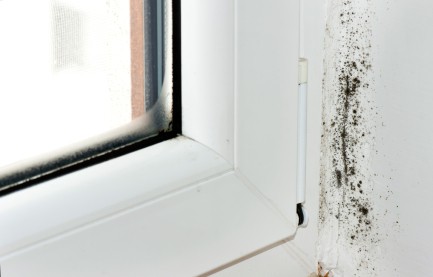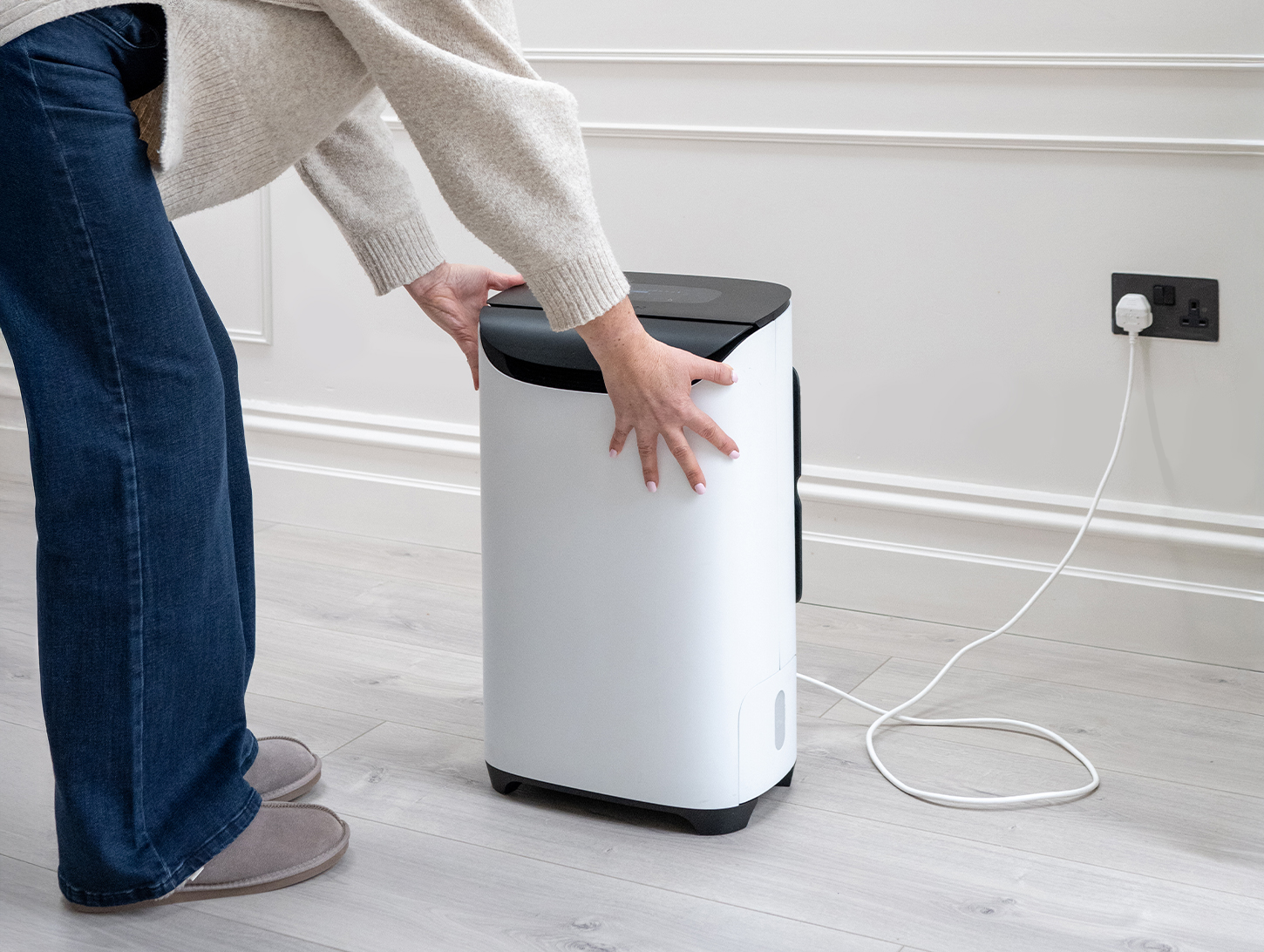Many consumers are aware of the effectiveness of a dehumidifier to combat damp and mould throughout the winter, but with steep energy costs here to stay, Chris Michael, air treatment expert and managing director of Meaco shares how households can save money by using a dehumidifier throughout the coming months.

In the cost-of-living crisis, many households have switched to using a dehumidifier instead of using energy-sapping tumble dryers and to prevent damp and mould in the home. This has been particularly relevant in the UK this winter with unusual spells of very cold and wet weather. Condensation builds up faster in colder temperatures at a time when many households are turning down the thermostat to save money.
However, it’s not just during the winter that households can struggle to manage moisture levels in the air. Mould grows faster in warm weather due to a higher humidity so is much more prevalent in the summer, which will be exacerbated this year with many opting to dry clothes naturally to avoid using a tumble dryer.
Households can benefit from a dehumidifier all year round, combatting condensation in the cold and wet seasons and mould growth in the warmer months. Here are some of the ways that dehumidifiers benefit households in spring and summer.
1. Combat mould growth when drying washing
Although we may spend less on central heating in a few months’ time when the weather improves, electricity prices are predicted to remain high and may even increase. This means drying laundry with a tumble dryer will still be costly. Fortunately, the spring and summer weather will provide greater flexibility to open windows, and some households will also have access to outside space where washing can be hung out to dry.
However, many households do not have outside space and may not want to leave a window open during the day to help drying washing if they are not home. Equally those households with outside space may choose to dry laundry inside due to bad weather. In this scenario, the moisture levels in the home will increase. When coupled with the warmer temperatures, households will unknowingly be creating a perfect environment for rampant mould growth. Mould growth is a problem that many experience in spring and summer. Humid air in the home seeks out a cool spot, such as a shaded wall, and mould forms.

Even keeping a window open during milder months in a bid to reduce moisture will have less of an impact because the outside temperature will be similar to the inside temperature, or in some cases, it will be hotter outside than inside. There will be high humidity outside due to warm weather, and the humidity inside will increase due to washing drying indoors. Unlike in the winter, colder outside air cannot enter the house to warm up and dry the air inside, so moisture will stay in the air.
By decreasing the moisture levels in the home with a dehumidifier, households can keep mould at bay in a season where it can grow fast.
2. Reduce day to day moisture from your home
Moisture is always in the air around us and not just created by drying washing indoors. It comes from various daily household activities such as bathing, showering, cooking and even breathing. This is why many households struggled with damp and mould even before they turned down the thermostat or stopped using a tumble dryer.
A dehumidifier helps households by removing condensation, stopping mould from forming and preventing damp smells, mildew and damage to soft furnishings, which can be costly to repair or replace.

3. Clean the air when pollen counts are high
Some dehumidifiers come with a HEPA filter, which means that it will double up as an air purifier, making the air healthier as well as dry. This will protect households from viruses and allergies such as pollen. Hay fever season can last from spring until autumn depending on when trees, grasses or weeds blossom.
A HEPA filter traps most bacteria, pathogens, microbial spores, pollens, and some virus particles. Capturing harmful particles and circulating clean air throughout a room will help in keeping everyone healthy.
With some machines costing as little as 5p per hour to operate*, many dehumidifiers have features such as a dedicated laundry mode and a humidistat, which means the machine switches itself off when the humidity is reached. Investing in an energy efficient dehumidifier over other similar products on the market can save households up to nearly £150 cheaper a year to run**.
The low cost of running a dehumidifier means households can save money all year round by reducing the causes condensation, damp and mould. For more information on dehumidifiers, take a look at Meaco’s dehumidifier buying guide.
*A dehumidifier that can extract up to 12 litres a day, with a wattage of 157w (0.157 kWh) would cost just over 5p an hour based on the October 2022 price of 34p per kWh per hour. A dehumidifier that can extract up to 20 litres a day, with a wattage of 216w would use 0.216 kWh, meaning that an hour’s usage would cost approximately 7p.
**Research from Meaco in April 2022 after the spring price rate rise found that the Meaco Arete One 20L was £143 a year cheaper to run than its worst performing competitor, based on six hours use per day over 365 days. The next best machine after Arete was still £39.25 more expensive than the Arete One 20L to run. If a machine is kept for five years, this totals a saving of £196.25 to £715.00.






